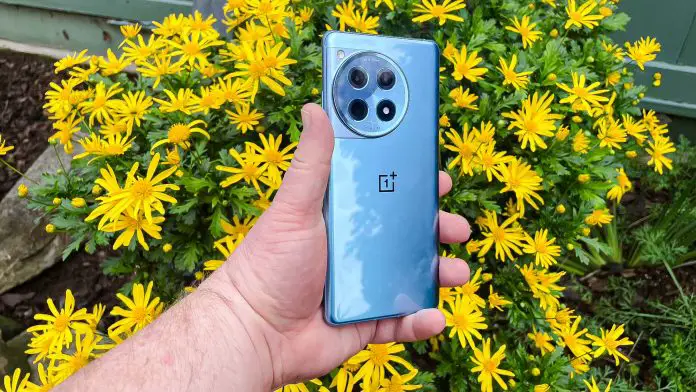No smartphone is ideal for everyone. For others, a low-cost Android phone is sufficient to send SMS and navigate using Maps. Others value power above everything else: the latest CPU, the largest screen, and the best camera. Even since its first smartphones a decade ago, OnePlus has always tried to balance the two, making trade-offs between power, performance, and pricing to keep costs lower than competitors. Though the company hasn’t always kept this promise, lineups like the Nord series have done their part to keep the concept alive.
However, the OnePlus 12R differs. It’s not just taking last year’s flagship and lowering the price. The first R-series handset to arrive in North America combines everything that worked well with the OnePlus 11, while retaining some of the advancements introduced in this year’s OnePlus 12. And, while the company’s “flagship killer” approach was always about making sacrifices, I believe it did it well this time.
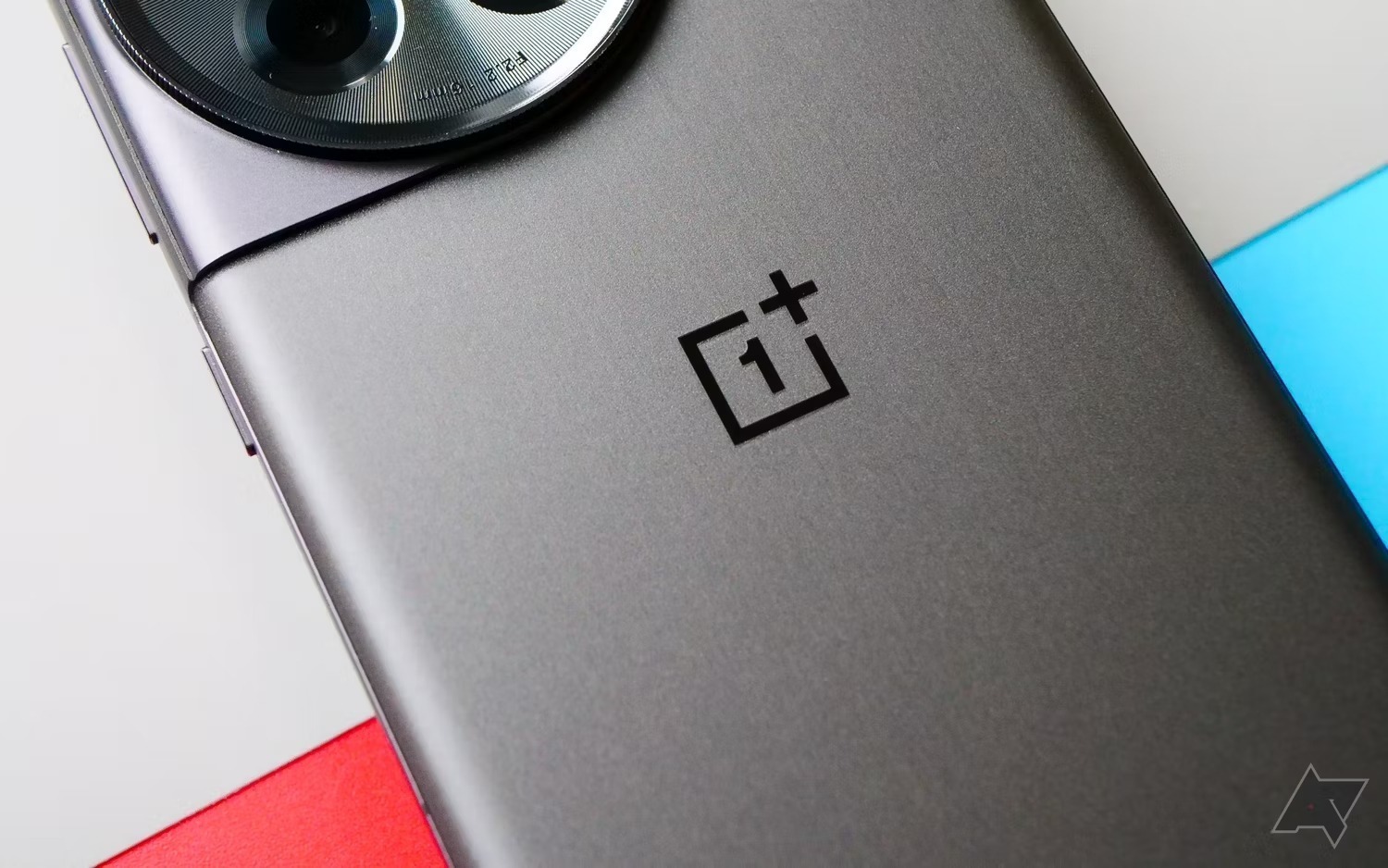
Availability and network
Just don’t look for it in carrier stores
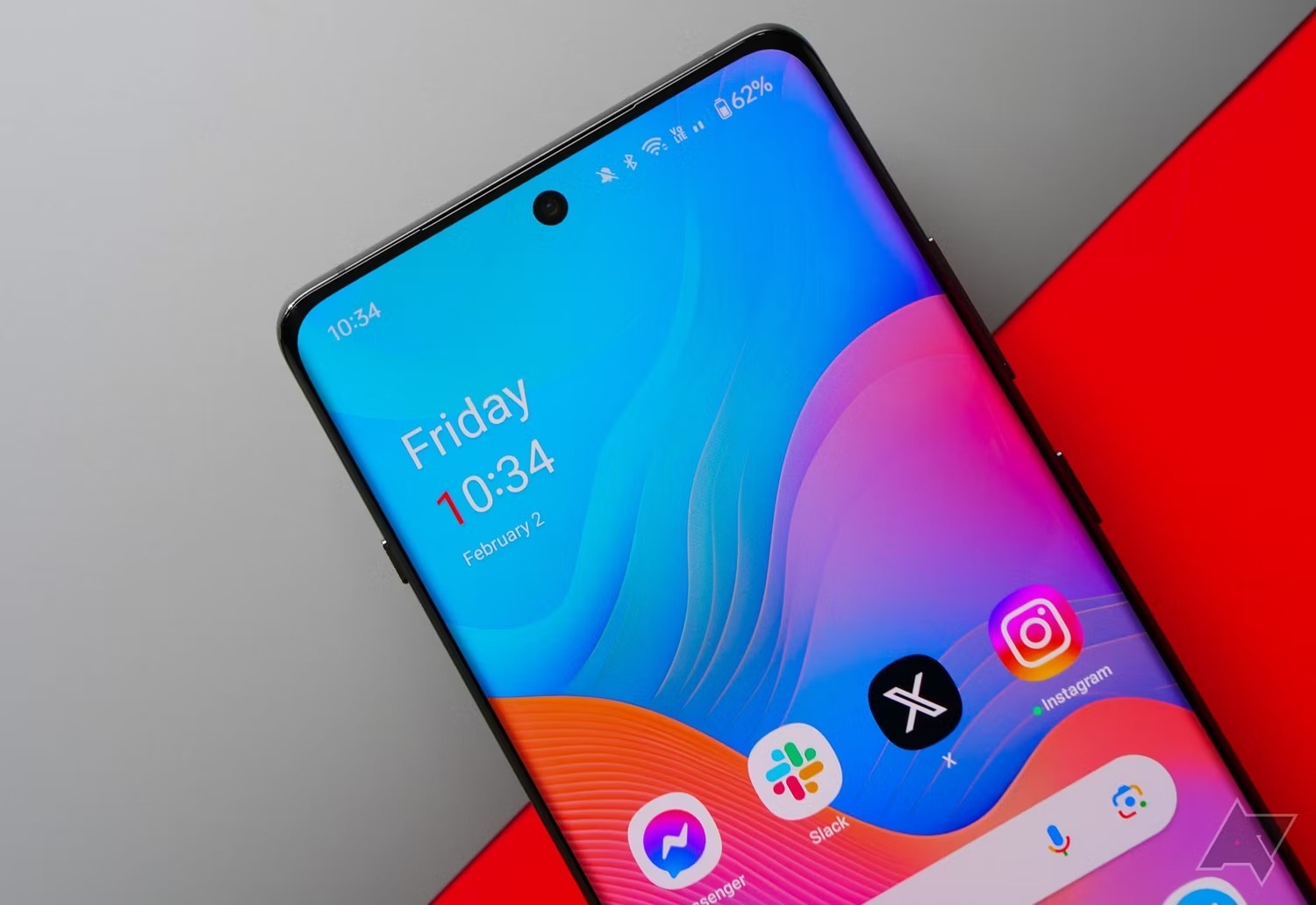
If you’ve seen a recent OnePlus phone that doesn’t open, you’ve seen them all. Since the OnePlus 10 Pro, the company’s non-Nord slabs have all followed the same design language. Curved edges, black and green hues (in most cases), and a circular camera bump reminiscent of a watch (the 10 series had a square). The OnePlus 12R is reminiscent to the OnePlus 10 Pro in particular. The black finish of my model isn’t comparable in design, but the slick texture is far more similar to the company’s 2022 flagship than the grainy finish on the lesser 10T model that came after it.
Using smaller sensors and cheaper camera technology — more on that later — means the camera hump is much thinner than on previous models, making it seem a touch more integrated with the phone than last year’s OnePlus 11. This phone likewise follows in its namesake’s footsteps, shifting the volume rocker to the right side of the handset, above the power button, in typical Samsung manner. The mute switch remains on the left side; I’m curious whether it will ever be replaced by an Action button-type clone.
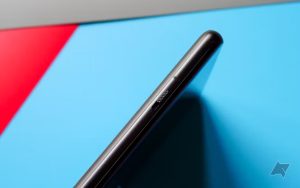

I don’t want to understate how simple it is to let this phone slip straight out of your grasp like a bar of soap. My unit’s left side is covered in dents and scratches as a result of an accidental drop from my pocket when I was sitting down, which was caused by the lack of a case in the package. Still, the overall design is good, especially for the price. It reminds me of last year’s Moto Edge+, but at a considerably lower price.
The OnePlus 12R display is virtually identical to that of the basic OnePlus 12. It’s a little smaller at 6.78 inches, but it can still attain 1,600 nits of brightness in high brightness mode and has a (largely bullshit) peak brightness rating of 4,500 nits. Aside from its curves, I adore almost everything about this screen, which I hope OnePlus addresses in their 2025 range. It’s quick, bright, and colorful, making it ideal for viewing movies or simply browsing (insert your preferred Twitter substitute). It feels like the screen of a phone twice as costly as this, which is the highest compliment I can give.
Other hardware and what’s in the box
Some nice additions, some not-so-nice
One of the advantages of switching between phones so frequently — instance, when two companies decide to plan their 2024 flagship debuts together — is how simple it is to see even minor variations in hardware. For example, the OnePlus 12R’s face unlock is far superior to those of Samsung and Google phones. It is not only speedier, but it also performs well in low-light situations when the other two fall short. However, it lacks Class 3 biometrics, which are required for banking apps, so Google may claim at least one victory. Samsung? Not so much.
I can’t recall the mute switch catching on my pocket as often as it did with the OnePlus 12R, and I’m not sure why. Despite having previously set the phone to mute or vibrating, I was astonished to hear an alert in the background several times. Something to watch on your phone, especially before heading to the cinema to find out who the true Agent Argylle is. (I’m thrilled for this joke to be incomprehensible in three months.)

Both the audio and the haptics are adequate – nothing to brag about, but far from the worst you’ll find on the mobile market today. Both have gone a long way on flagship Android phones in recent years, and I believe the OnePlus 12R would have competed with the best of them if it were still 2021. Still, unless you’re coming from a new, high-end device from Google, Samsung, or Apple, I don’t believe you’ll be disappointed.
I hope OnePlus would at least fulfill IP67 dust and water protection standards for its 12-series of smartphones, but we’re stuck with IP64. That means it’ll probably survive a rainfall, and when wet, the 12R retains the better touch sensitivity seen on its more costly sibling, but improved weather resistance feels like a given. At the very least, it’s more tolerable on this less expensive model.
Inside the package, you’ll find the phone, the normal papers, a fast charger with a USB-A to USB-C connection, and a SIM tool. As previously stated, there is no case this time around, which is a major disappointment given the limited variety of third-party solutions available on Amazon.
Software and performance
Predictable, but is that so bad?

It’s no secret that OxygenOS is a shell of what it once was, and this trend continues with the Android 14 release. Remove all of the buzzwords from my reviewer’s guide—Trinity Engine, RAM-Vita, and so on—and you’re left with a skin that, honestly, fades into the background after a few days of use. I don’t enjoy the OnePlus experience, but after you’ve got your settings in order, it seems more like true Android than One UI. At least OxygenOS includes a vertical app drawer.
Still, if you want something that feels more like Material You, you could check in the Play Store for a solid launcher option. Though, I’ll admit, the OxygenOS home screen makes me nostalgic for the days of ridiculous home page transitions, with options like Cube and Flip that will be recognizable to anybody who used to frequent the XDA forums. What can I say? I’m becoming mushy in my old age.


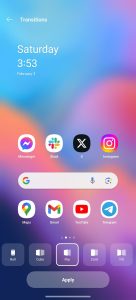
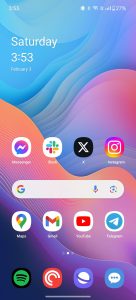
As with the OnePlus 12, the most noteworthy feature of OxygenOS 14 is the complete absence of AI-powered gimmicks designed to compete with Google and Samsung. That will undoubtedly change (it has already in China), but for the time being, this phone is simply a phone. Any AI tools will have to come through applications like ChatGPT, which I believe is OK.
The main disadvantage of OxygenOS is OnePlus’s weak software support. The 12R will only include three years of OS upgrades and four years of security patches, which correspond to Android 17 and 2028, respectively. In comparison, Google and Samsung already provide seven years of complete OS upgrades for their most recent flagships, a strategy that might be implemented on the Pixel 8a later this year. That puts the OnePlus 12R behind the times, but not enough to write it off totally.
The Snapdragon 8 Gen 2 powered practically every Android flagship last year that was not produced by Google, thus the OnePlus 12R’s performance is both anticipated and great. Yes, Qualcomm has a newer processor available right now, but if you’re only interested in core performance — like as accessing applications or playing games — you won’t notice a significant difference between the two. The Snapdragon 8 Gen 2 can handle anything on the Play Store right now and does it with ease.
Camera
Sometimes “fine” is good enough
However, I have come to expect little from any camera array that contains a 2MP macro lens, and my experience shooting with the OnePlus 12R has been no exception. These photographs can’t match with what you’ll see on the Pixel 7a — or, presumably, its impending replacement — but they’re about comparable to last year’s Galaxy A54. Samsung’s oversaturated processing may be enough to take the crown, but it’s readily corrected with this phone in a matter of seconds. And, under perfect circumstances, I believe most people will be satisfied. At the very least, it struggled with motion far less than phones costing nearly three times as much.
Lens flares seem to be a real problem with the main sensor, though. I noticed them appearing in a couple of my shots as I was out on a chilly morning walk, but they became much more apparent when sorting through samples for this review. The ultrawide lens doesn’t seem to be as susceptible, but considering you won’t use it as much as the 50MP wide, it’s a bit of a bummer.

Battery life
You cannot kill the OnePlus 12R

Last year’s OnePlus 11 was already a battery champ, but what happens when you stuff an even bigger battery into a chassis with nearly identical specs? You get a multi-day gadget, a phone that can get even the hardest road warriors through a day and a half on a single charge. For the rest of us, expect two or three days between charge cycles, as standby time is also outstanding. This isn’t new terrain for OnePlus, but the switch to a 5,500mAh battery — while only adding two grams to the company’s 2023 flagship — is very remarkable.



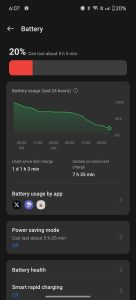
When you need to charge your phone, you’ll be met with the now-standard OnePlus SuperVOOC charging process. With its 80W charger (and, of course, 100W everywhere else), the phone can charge to full capacity in around 30 minutes. That alone is enticing on paper, but I believe it is as stunning when broken down further. I put in the OnePlus 12R for three minutes and went from 19% to 33%. Three minutes. In 180 seconds. Please, Samsung and Google, get with the times.
The apparent cost here is wireless charging, which just recently made a reappearance with this year’s OnePlus 12. Obviously, I prefer more features over fewer, but if something had to be sacrificed to reach $500 — not to mention adding an extra 500mAh of battery — I’d be happy with that. Your mileage may vary, but when you’re hardly thinking about a charger to begin with, Qi pads become rather useless.
Competition
Two paths diverged
The nicest part about OnePlus and Google concentrating on such diverse aspects of their respective smartphones is that, when it comes to choosing between the two, the decision is made very clear. Buy the Pixel 7a if you value software purity, camera performance, or require wireless charging and IP67 certification. I’m not here to pretend those aren’t important characteristics, notably Google’s enhanced water resistance, but I believe the OnePlus 12R is the more comprehensive product for many individuals.
The OnePlus 12R is sure to impress many purchasers, whether it’s the display quality (not only in resolution, but also in brightness and general quality), battery life, charging speeds, or simply sheer performance. This is unquestionably the phone to have if you play a lot of mobile games on Android, watch a lot of movies, or simply prefer a bigger screen. I found the Pixel 7a’s battery life to be ridiculous at times, so if you don’t want to have a charger about, the 12R is definitely the best option.
All of this could change with the Pixel 8a when it launches (presumably) this summer, but considering the track record Tensor has built for itself, I wouldn’t blame anyone looking to stick with a chipset as tried and tested as the Snapdragon 8 Gen 2.
The OnePlus 11 is still available from Best Buy, Amazon, and the OEM’s own site, prompting the question of why not simply get the 2023 flagship instead. According to Amazon price tracking, the OnePlus 11 hasn’t been on sale much since the holidays, and it’s only dropped to $550. Aside from the Hasselblad color calibration, I don’t see much need to buy the older phone unless you get a great offer — $400 or less. With a bigger battery and a significantly brighter display, I always choose the OnePlus 12R.


